Rajasthani Legends
Nagaur Fort Rajasthan India
Mother Masala Tours
Nagaur Fort Rajasthan India: Serpent Guardians
Nagaur Fort Rajasthan India. Known locally as "Ahhichatragarh" meaning "fort of the hooded cobra," stands majestically in Rajasthan's semi-arid landscape. Ruled by the Naga - snake kings, it's a large and expensive Fort which is currently under the Maharaja of Jodhpur. Founded in the 4th century by the Nagavanshi clan, this magnificent stronghold has witnessed centuries of turbulent history. The fort gained prominence during the Chauhan Dynasty in the 12th century before changing hands numerous times. Raja Amar Singh Rathore constructed substantial portions in the early 17th century, while later Mughal influences added elaborate water systems and stunning painted chambers.
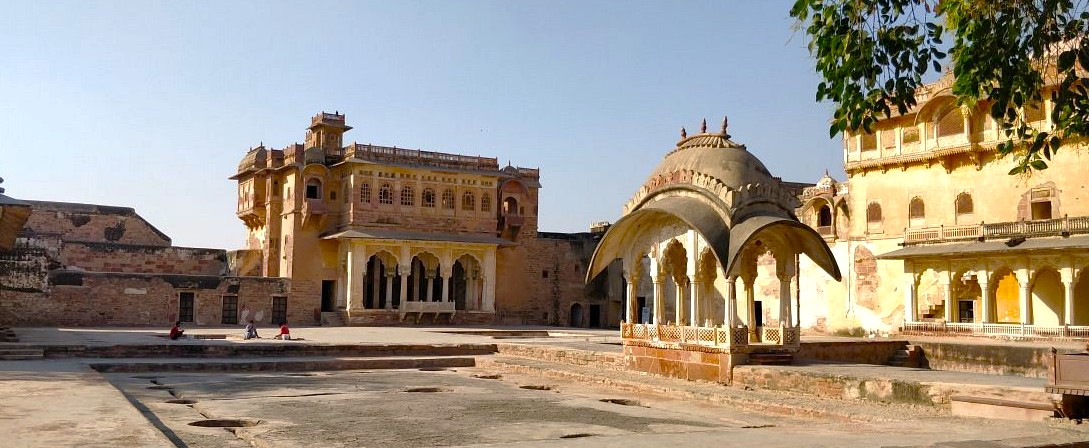
Nagaur Fort Rajasthan India: Ancient Cobra Sanctuaries
The fortified complex houses exquisite artifacts that transport us to bygone eras. Delicate frescoes adorning the Abha Mahal depict scenes from royal life, hunting expeditions, and mythological tales dating back to the 18th century. The Sheesh Mahal -Mirror Palace, contains intricate mirror work and painted ceilings that create mesmerizing optical illusions when illuminated. Ancient stepwells within the fort complex demonstrate sophisticated water harvesting techniques essential for desert survival. Sacred temples within the complex include the Chamunda Mata Temple and several Jain shrines.
Ancient Mosaics: Impeccable Craftsmanship
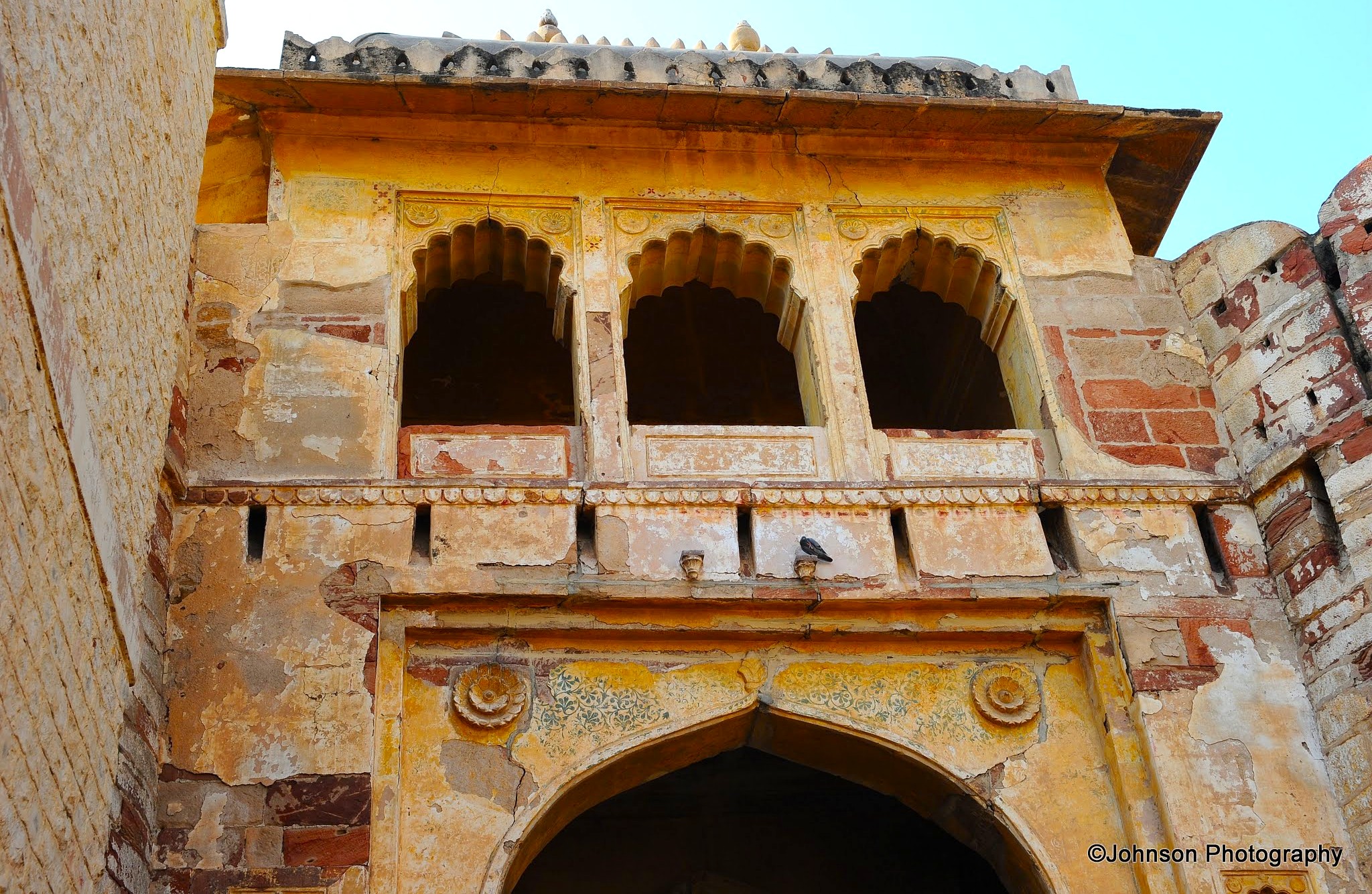
Nagaur's walls tell wonderful stories through their stunning craftsmanship. Master artisans from the vibrant Shekhawati region created elaborate paintings using natural pigments derived from minerals, plants, and precious stones. Ustad Ahmad Baksh, a renowned 17th-century artist, led a team that created the magnificent Akbari Mahal murals. These depict regal court scenes with remarkable detail and artistic dimension. The fort proudly features exquisite Rajput-Mughal fusion artwork, incorporating beautiful Hindu motifs.
Festivals of Devotion: Honouring the Sacred and the Divine
Nagaur Fort Rajasthan India. The Nagaur Cattle Fair, held annually each January-February since 1795, transforms the landscape surrounding the fort into a spectacular gathering of over 70,000 animals. This centuries-old tradition brings together camel traders, cattle herders, and agricultural merchants in one of Rajasthan's largest rural celebrations. Also, the Tejaji Festival, commemorating the snake deity Tejaji, occurs during the month of Bhadra (August-September). Dating back to the 12th century, this celebration honors the legendary Rajput warrior Tejaji Ballaji who sacrificed himself to save a cowherd from a deadly snake. The fort grounds become the focal point for traditional performances of the Tejaji ballad sung by Bhopa musicians.
The Pulse of the Local Community

The people of the Fort welcome us with characteristic true Rajasthani hospitality. Known for their remarkable resilience in the harsh desert environment, locals maintain centuries-old traditions with immense pride and joy. The community meticulously preserves distinctive musical traditions, with families passing down vibrant folk songs that beautifully narrate the region's rich history through generations. Women are renowned for their exquisite embroidery work, featuring bold geometric patterns and tiny mirrors that brilliantly reflect their desert heritage. These artistic expressions celebrate their enduring spirit, connecting us to a living culture.
Resilience and Renewal: Overcoming Adversity's Challenges
The devastating earthquake of 1897 damaged significant portions of Nagaur Fort's western walls and collapsed the Akbari Mahal dome. Within three years, the community mobilized under Raja Jaswant Singh's leadership to rebuild using traditional techniques, reinforcing structures while maintaining historical integrity. The great famine of 1899-1900 brought extreme hardship to Nagaur when rainfall failed for two consecutive seasons. Fort granaries were opened to the public by order of Maharaja Sardar Singh, who also initiated water conservation projects that remain functional today, including the expansion of the Bakht Sagar reservoir.
Capturing the Magic: A Photographic Haven
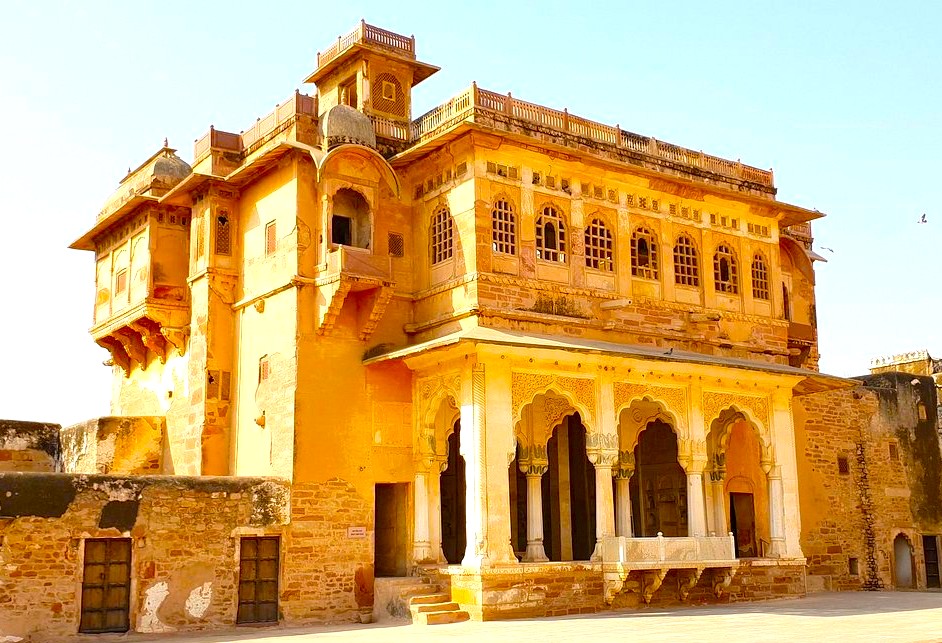
Dawn gives the fort good lighting for photographs. The unique cobra-shaped features create dramatic shadows, and the jharokhas act as natural, exquisite frames for your pictures. Inside, we will find vibrant frescoes adorning the walls and several peaceful courtyards, all perfect for capturing compelling photos. Early morning is an excellent time to take pictures as the light is soft and there are fewer people, ensuring serene shots. Each area of the fort presents countless opportunities to capture intricate details, beautiful artwork, and expansive spaces.
A Culinary Journey: Savor the Flavour
Nagaur Fort Rajasthan India. Nagaur's culinary landscape reflects its position at the crossroads of desert trade routes. The local specialty, Nagauri Chaat, combines crispy kachoris with spicy potato curry and tangy tamarind chutney. These savory treats trace their origins to the 18th century when traveling merchants needed portable, filling meals. Another regional delicacy, Ker Sangri, utilizes desert beans and berries preserved with indigenous spices including red chilies, turmeric, and asafoetida. This dish emerged during the severe famine of 1756 when locals discovered these drought-resistant plants could sustain the population.
The Connection with the Gods
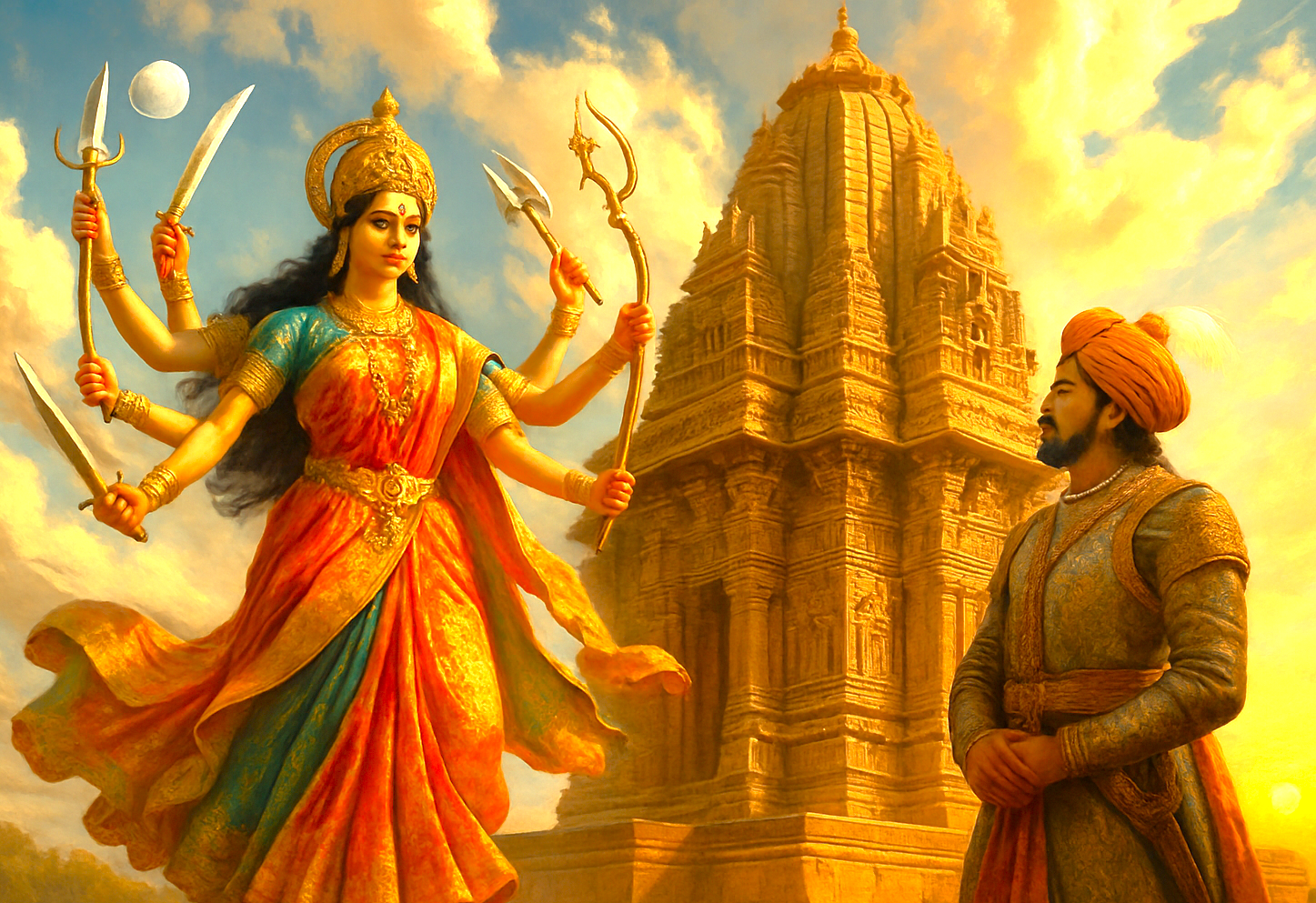
The Fort holds deep spiritual significance, tied to multiple revered deities. The Chamunda Mata Temple, dedicated to Goddess Durga, dates to 1458. Rao Jodha commissioned it after a divine battle vision. Local tradition strongly claims Durga protected fort defenders during the 1623 siege. The fort's design thoughtfully incorporates symbolic Shiva references. This is seen in trident-shaped battlements, added during renovations by Raja Amar Singh in 1613. These sacred elements reflect profound faith, intertwining spirituality with the fort’s structure, offering a unique spiritual experience for all visitors.
Ancient Technologies: Sacred Sound, Geometry & Astrological Influences
Master architect Viswakarma Brahmin implemented the 8×8 grid mandala pattern in 1155 CE, creating energy centers at key intersections. Red sandstone and limestone walls contain crystalline structures that amplify sound waves, creating natural acoustic chambers. The central courtyard demonstrates the "whispering gallery" effect where sounds travel across vast distances through specially designed curved walls. This technology enabled rulers to monitor conversations throughout the complex. This geometric perfection generates specific Solfeggio frequencies - sound vibrations with healing properties. The 396 Hz frequency - liberating guilt and fear, resonates naturally in the temple chambers due to their precise measurements and materials.
Nagaur Fort’s Mythical Nāga Legacy
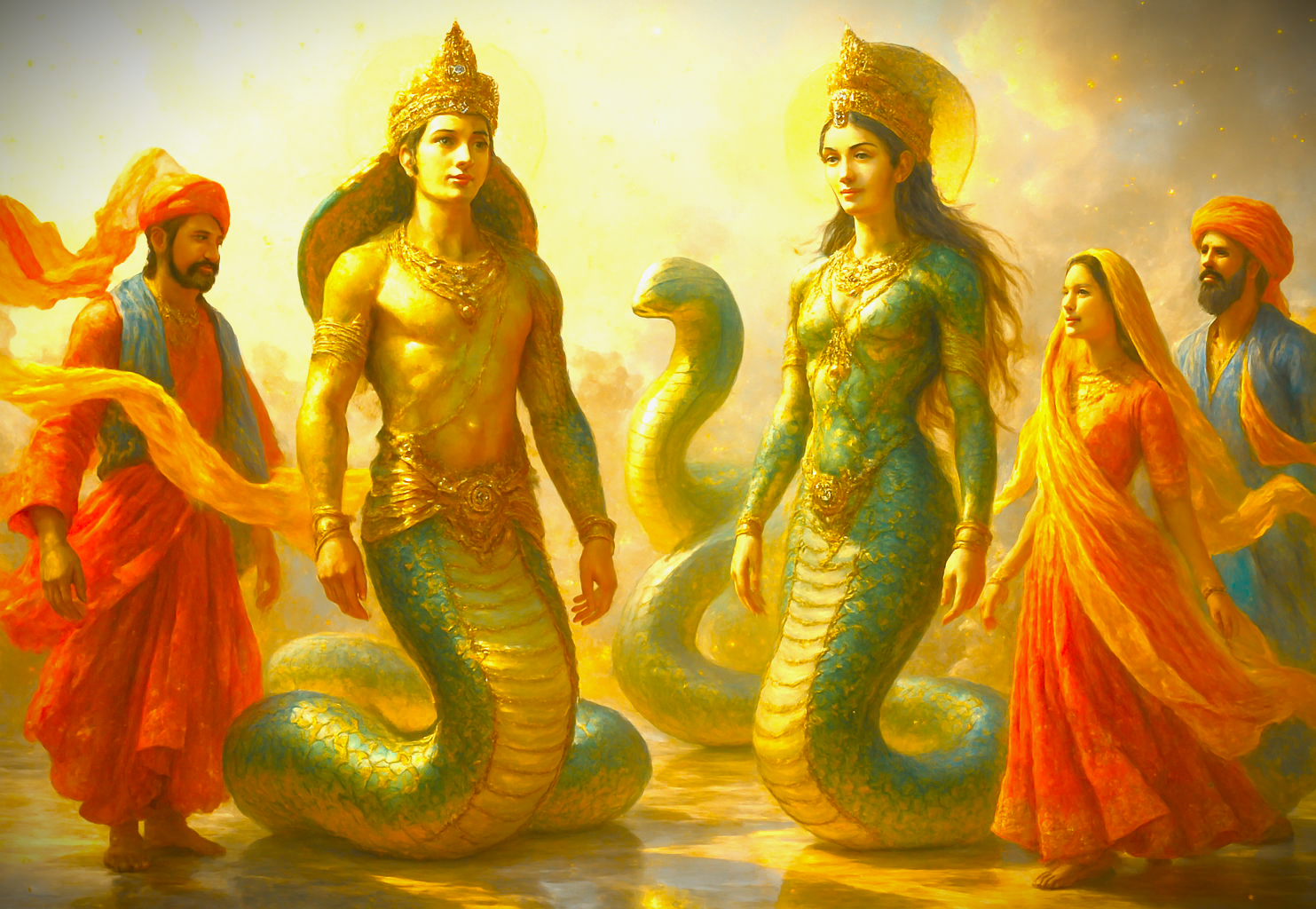
Nagaur was believed to be protected by Nāgas, serpent Gods revered throughout Northern India. Local Nāgavanshi clans traced their lineage to these guardians, honoring them with rituals and totemic traditions. This reverence deeply shaped the community’s identity. Architectural features reinforce the myth, with certain bastions, domes, and gateways designed to echo the dramatic arc of a cobra’s raised hood. This blend of mythology, ancestral heritage, and architectural symbolism has anchored the narrative of the fort for centuries, creating a unique and powerful story.
Serendipitous Meetings: Beyond the Main Path
Nagaur Fort Rajasthan India. Walking through narrow lanes surrounding the fort reveals hidden treasures at every turn. In the eastern quarter, third-generation lac bangle maker Raju Khan continues his family tradition, crafting colorful wrist ornaments using techniques unchanged since his grandfather established the workshop in 1924. The Kharad weaving community maintains traditional looms in small workshops where intricate cotton durries (rugs) feature patterns unique to Nagaur.
Comfort Zones: Great for Naps, Terrible for Stories, Join Us
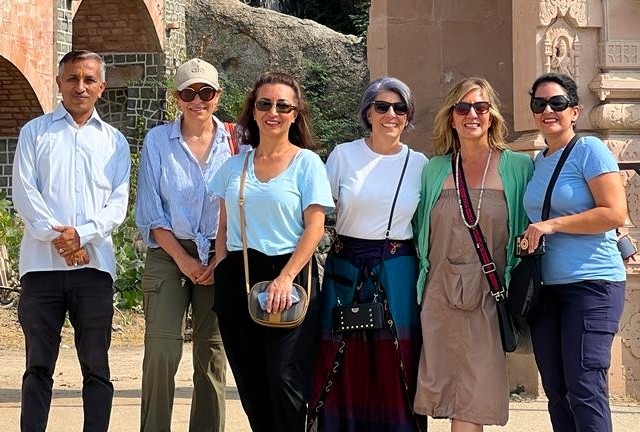
Within the heart of the Thar Desert, we view the historic 16th-century armory adorned with centuries-old weapons. This collection reveals ancient warfare tactics. Walk through serene chambers and enjoy the exquisite architecture of this timeless fort. Its historical beauty truly inspires. With early morning access to the fort’s highest ramparts, take in sweeping views of the vast desert as the first rays of sunlight touch the golden sand dunes. This tranquil panorama offers perfect photographic moments. Experience the Nagaur Fort and its surroundings in an inviting atmosphere, embracing its spirit and rich past.
Symphony of Generosity: Offerings from Wanderers to Residents
Nagaur Fort Rajasthan. The interchange between locals and those passing through creates mutual benefits that have enriched Nagaur for centuries. Economic benefits flow directly to local families who provide authentic experiences through homestays, craft demonstrations, and culinary workshops. This sustainable approach to cultural exchange ensures that the community maintains control over how their heritage is shared and preserved.